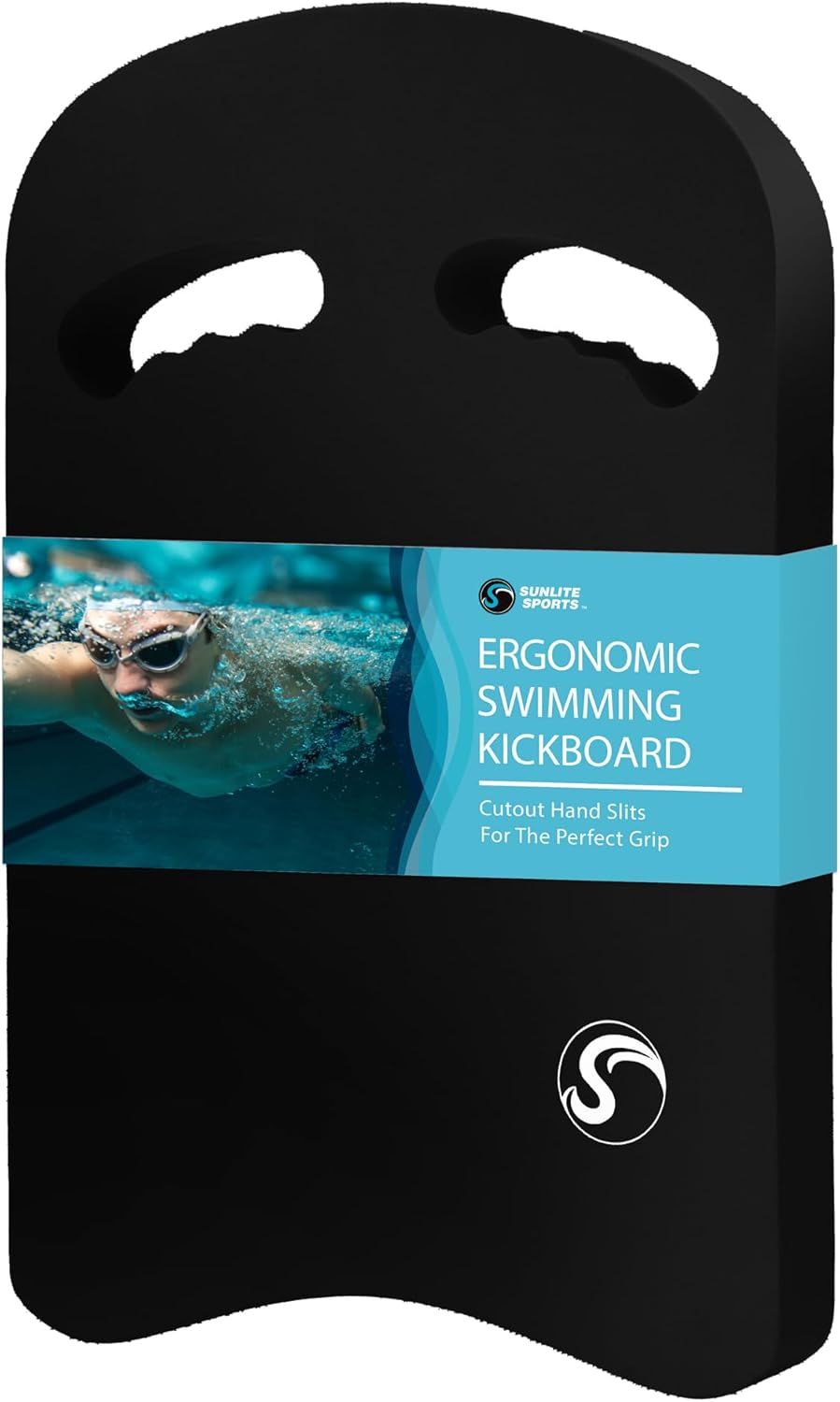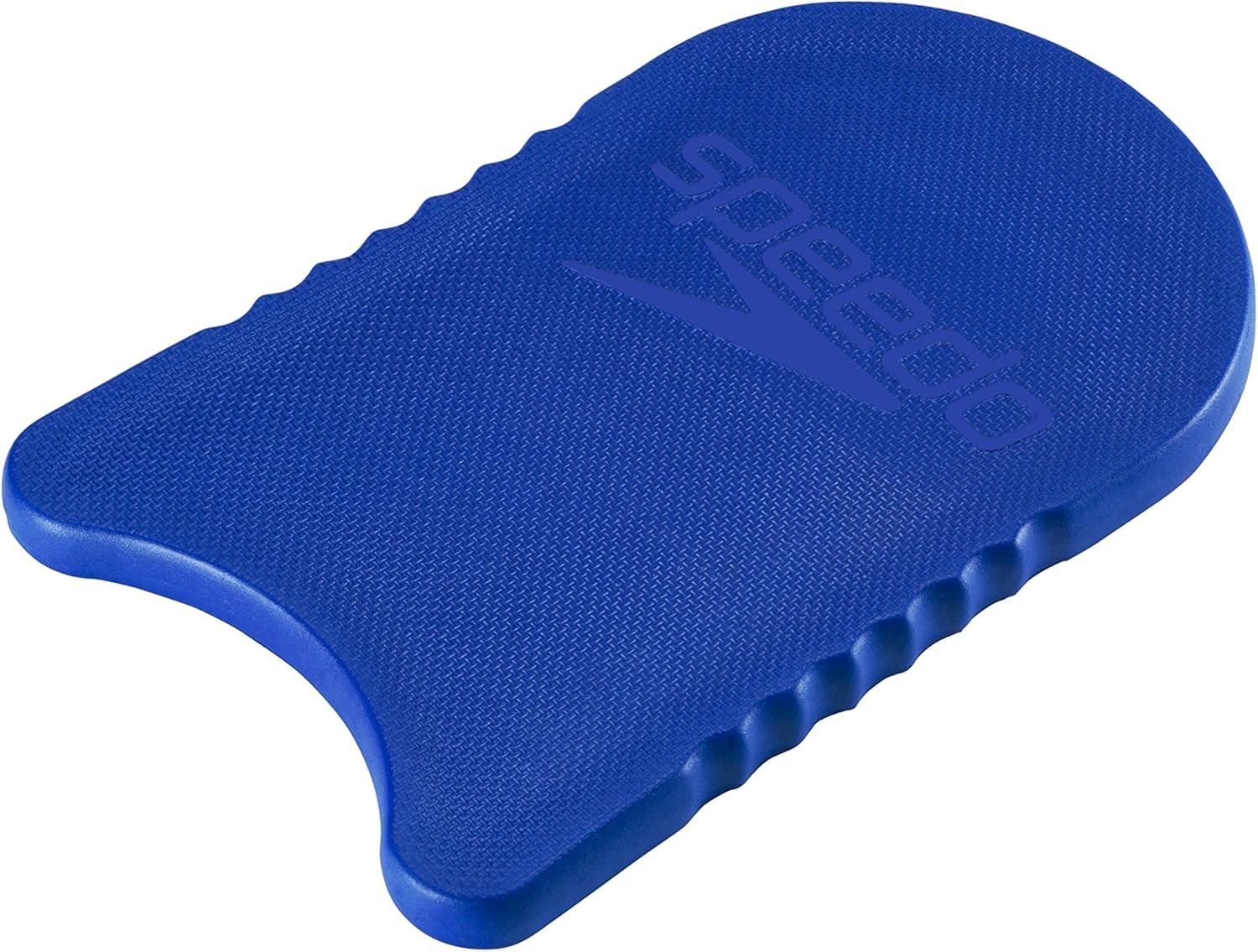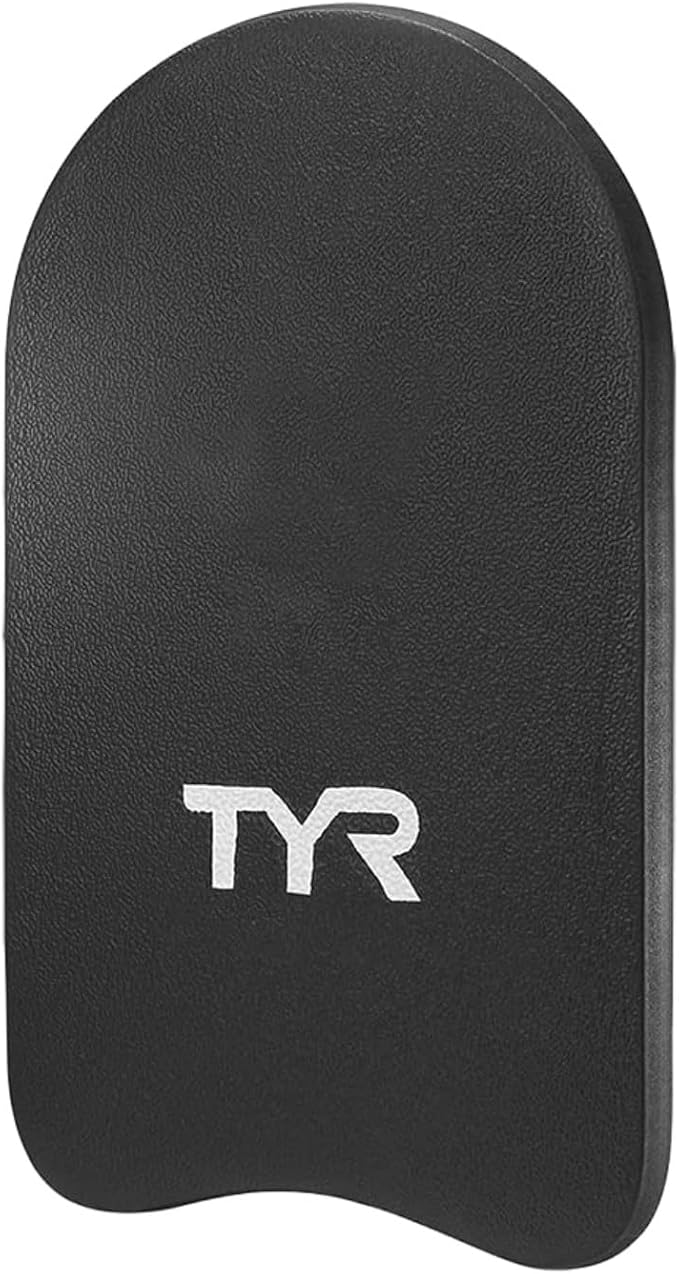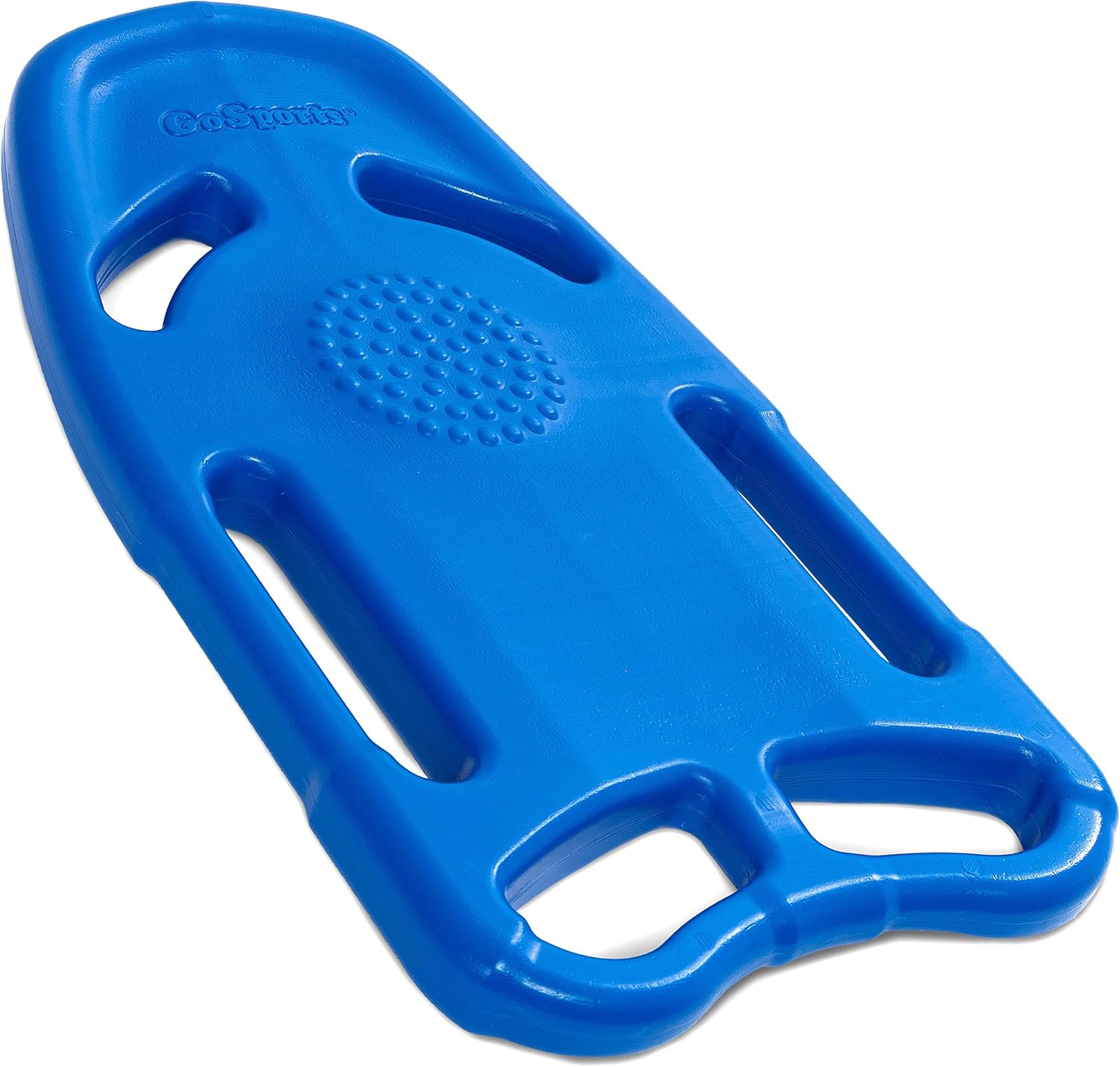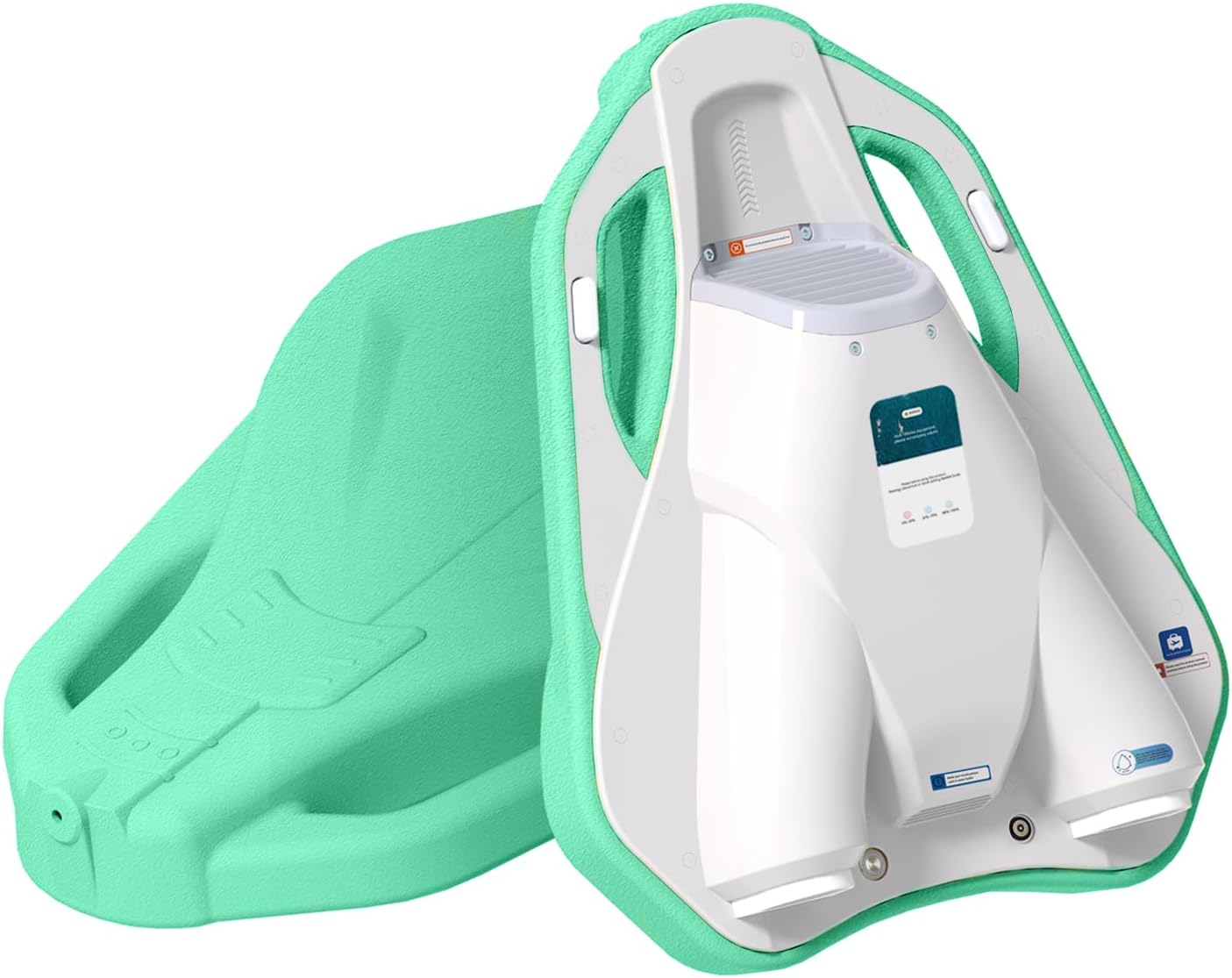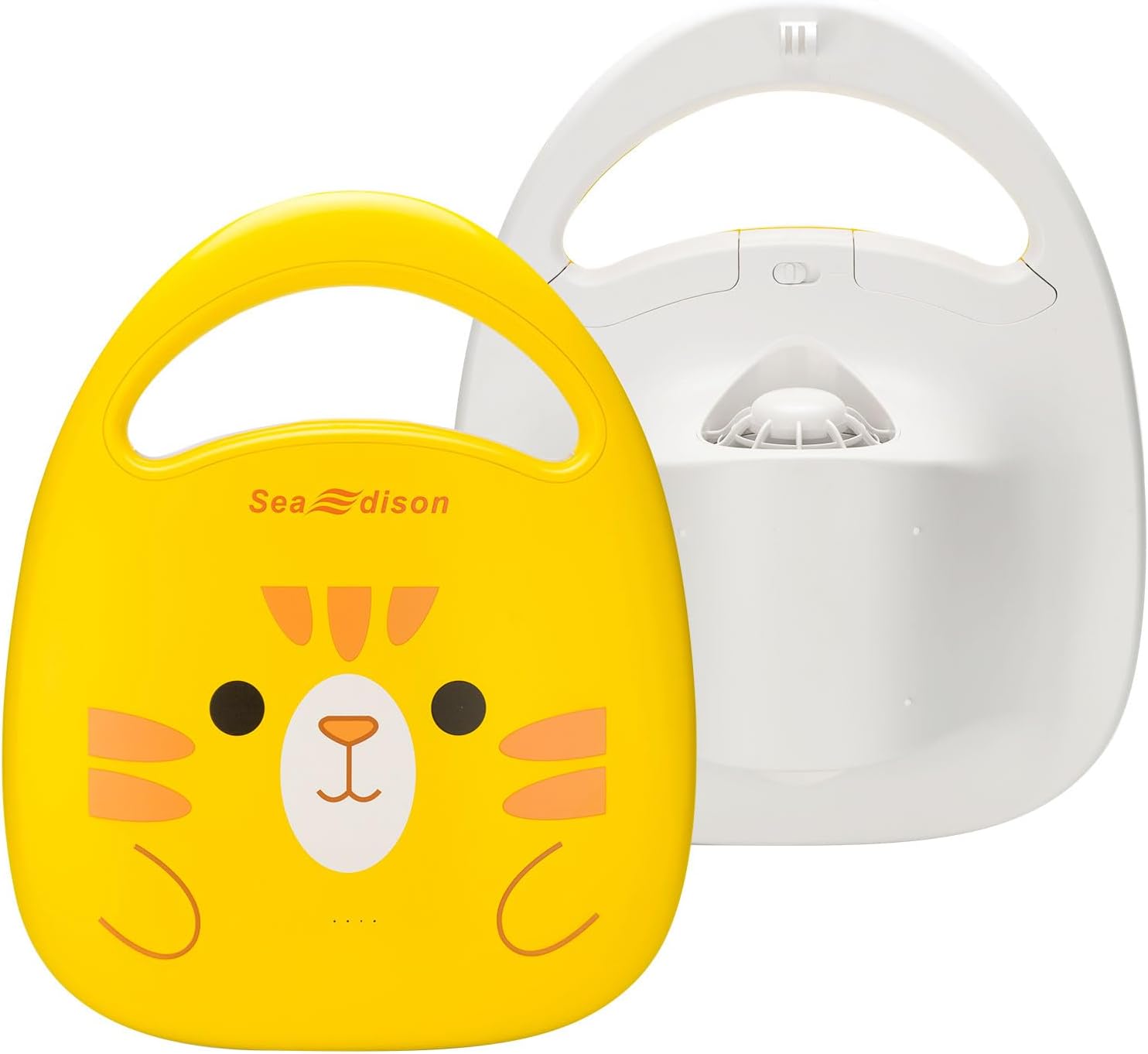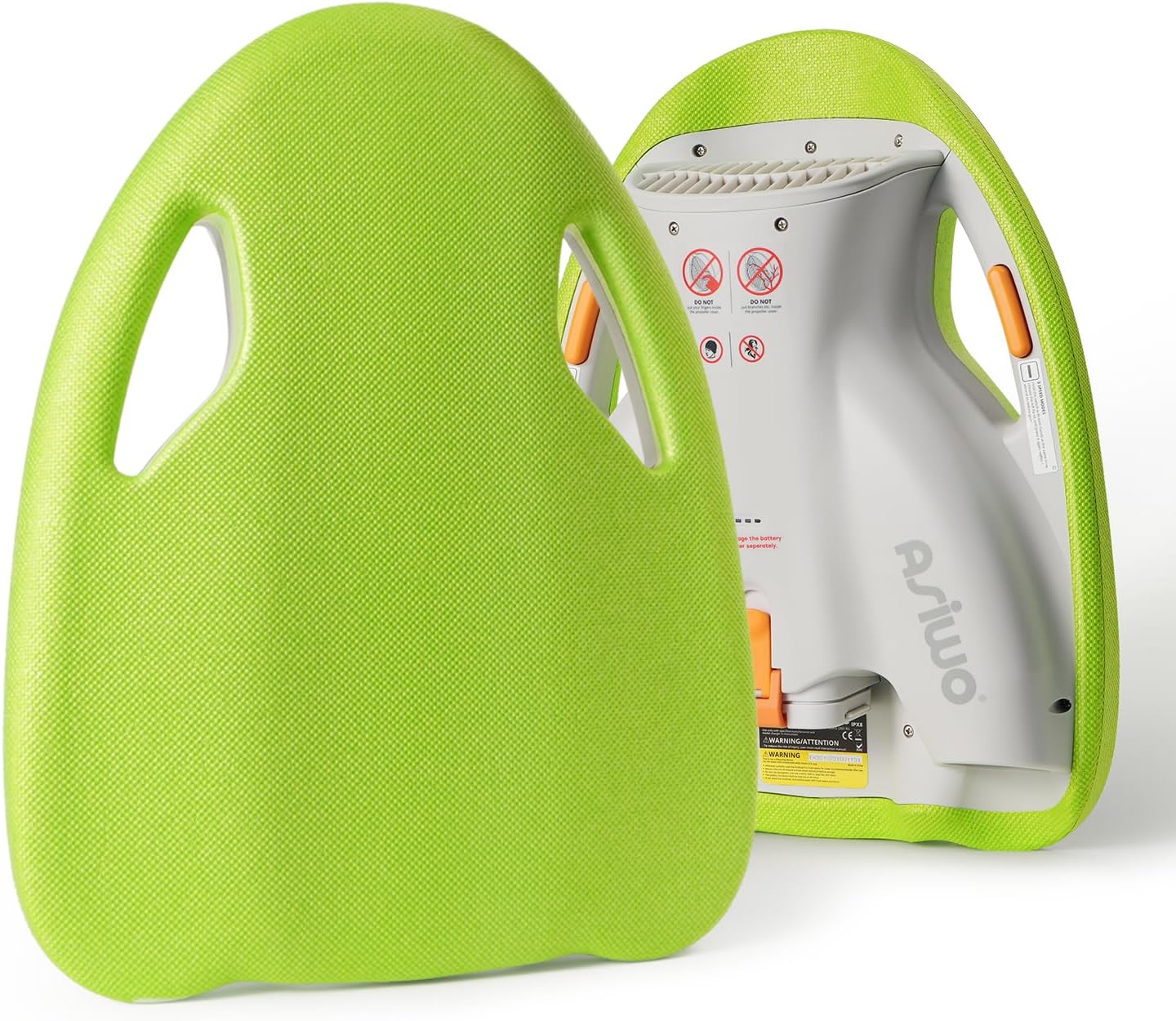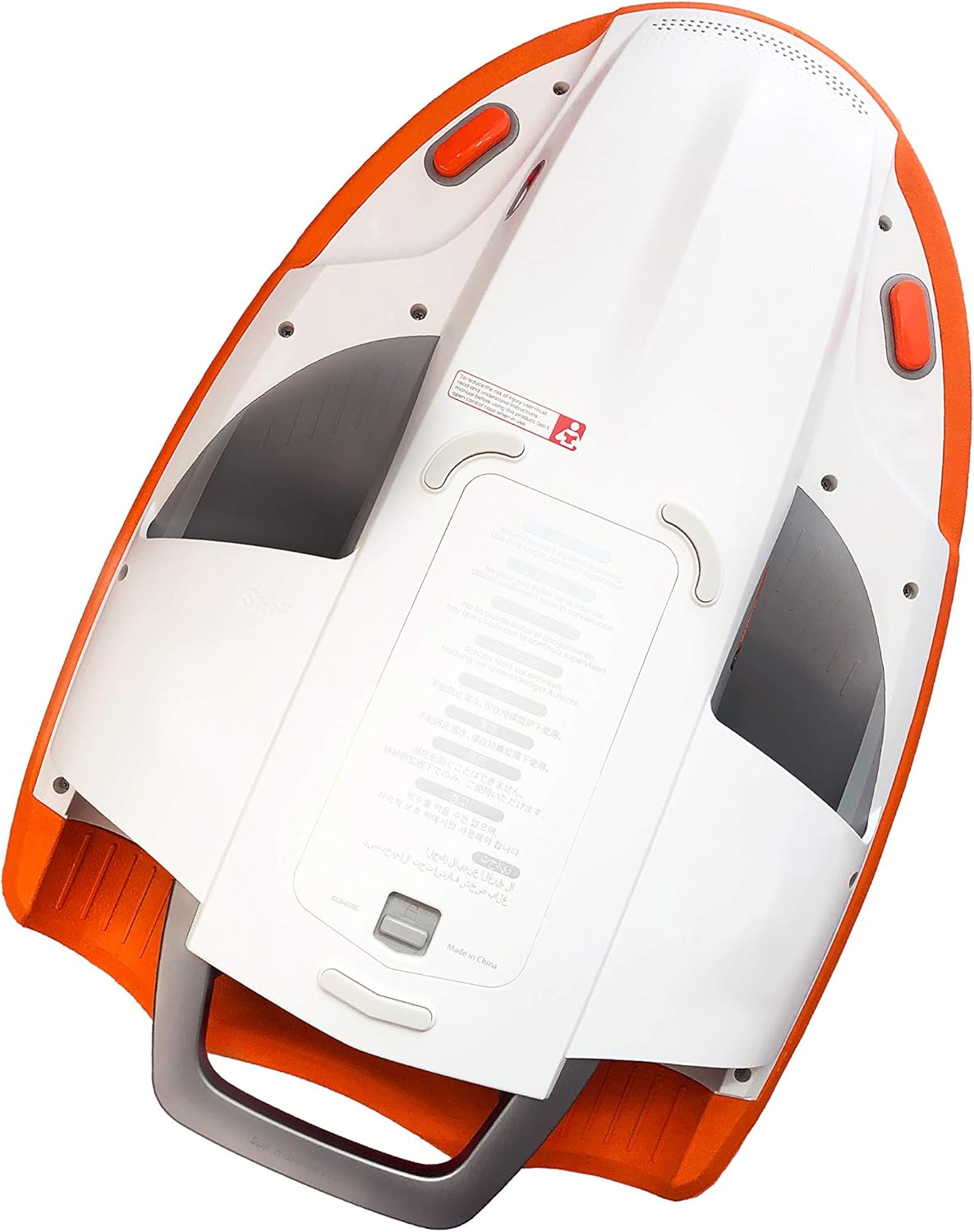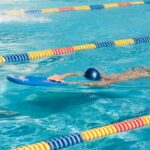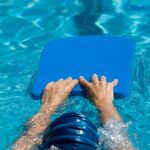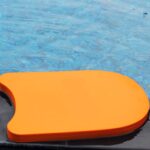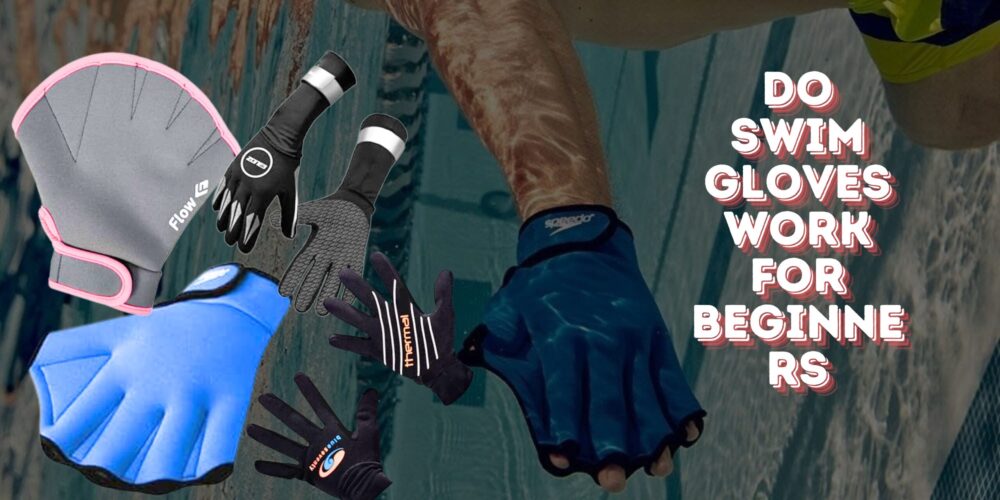The Benefits of Kickboard Swimming – More Than Just Floating Around
If you’ve ever wondered about the benefits of kickboard swimming, you might picture someone lazily floating at the shallow end, kicking away while chatting with their lane buddy.
Sure, it looks relaxing until you try it and realize your legs feel like they’ve been through a blender after 50 meters. Kicking is no joke, and the humble kickboard is a deceptively powerful training tool.
In fact, I’ve seen more competitive swimmers huff and puff after a strong kick set than after an all-out sprint.
What Exactly Are The Benefits Of Kickboard Swimming?
Simply put, it builds leg strength, improves body position, helps refine kicking technique, offers targeted cardiovascular conditioning, and gives injured shoulders a rest while still keeping your fitness intact.
It’s a versatile piece of equipment that can be tailored for beginners learning the basics, competitive athletes chasing faster times, and even casual swimmers looking to torch calories. When used with the right technique and purpose, it’s a small investment with huge returns in performance, endurance, and skill.
Let’s get into more benefits of kickboard swimming:
|
|
|
|
1. Kickboard Swimming Improves Body Position and Efficiency
One of the first technical benefits of kickboard swimming is its role in teaching body alignment. In freestyle and backstroke, a strong, consistent kick helps keep your hips high, reducing drag. Drag is the invisible enemy of every swimmer: too much of it and your body turns into an anchor instead of a sleek torpedo.
By isolating the legs, a kickboard lets you focus on generating propulsion from the hips rather than just flapping at the knees. When you train without worrying about arm movement, you can better feel how your kick affects your body position.
Over time, this muscle memory transfers into your full-stroke swimming, helping you stay streamlined.
2. Leg Strength and Endurance Development
The most obvious benefits of kickboard swimming come from the relentless work it forces on your legs. The flutter kick for freestyle and backstroke, or the whip kick for breaststroke, relies on the largest muscles in your body: the quads, hamstrings, and glutes along with stabilizing muscles in your core.
When you perform dedicated kick sets, your legs are under continuous tension, which builds muscular endurance. This is especially important because in competitive swimming, a strong kick isn’t just about speed, it’s about holding technique together in the final stretch when fatigue hits.
For casual swimmers, leg-focused training with a kickboard is a highly effective way to tone and strengthen without high-impact stress.
3. Cardiovascular Benefits and Calorie Burn
There’s a reason many fitness programs incorporate swimming with a kickboard to lose weight, it’s a surprisingly intense cardio workout. When you take your arms out of the equation, your legs have to work harder to move you through the water, and because they’re such large muscle groups, the oxygen demand skyrockets.
This means your heart rate climbs quickly, even if you’re not moving at race pace. For weight loss or general conditioning, kickboard sessions can be structured into intervals that spike your heart rate, then allow brief recovery, creating a form of aquatic high-intensity training.
4. Technique Isolation and Skill Building for Beginners
One of the most overlooked benefits of kickboard swimming is its role as a skill-building tool, especially for new swimmers. For those just starting, holding a board allows you to focus solely on the mechanics of kicking without worrying about coordinating arm pulls and breathing.
Kickboard swimming for beginners should focus on short distances with correct form: head in a neutral position, hips high, small kicks from the hips, and pointed toes. This builds a foundation before layering in the complexity of full strokes.
5. Injury Rehabilitation and Shoulder Relief
If you’ve ever experienced “swimmer’s shoulder,” you know how frustrating it can be to cut back on training. Here’s where another of the benefits of kickboard swimming shines: it allows you to maintain aerobic conditioning while giving overworked shoulders a break.
By removing the arm movement, you unload the rotator cuff muscles and associated tendons, allowing for recovery without complete rest. Of course, proper grip and posture are essential; holding a board too rigidly or with your head too high can strain the neck and upper back.
|
|
|
|
Addressing the Common Concerns and Myths
Some swimmers avoid boards entirely because they’ve heard they can ruin body position or cause shoulder strain. Both can be true, if you’re using it incorrectly. For example, if your head is lifted too high, your hips drop, creating drag.
This is why proper technique matters: keep your head neutral, grip the board lightly, and maintain a steady, hip-driven kick.
Swimming Kickboard How to Use
Here’s the quick technique checklist:
- Grip lightly at the top or sides, keeping elbows soft.
- Head position should be neutral, eyes looking down or slightly forward.
- Kick from the hips with a small amplitude; avoid big, splashy kicks.
- Breathing should be rhythmic, either lifting slightly or using a snorkel for continuous face-down work.
By following these steps, you’ll maximize the training benefits while minimizing the risk of discomfort or poor form.
Structured Workouts for Every Level
To really reap the benefits of kickboard swimming, structure matters.
For Beginners
- 6×25 meters easy flutter kick with 20 seconds rest
- Focus on technique rather than speed
For Intermediate Swimmers
- 8×50 meters moderate pace, descend effort every two reps
- Mix in side-kick drills to work on alignment
For Advanced Swimmers
- 12×50 meters with a challenging send-off
- Alternate no-fins and with-fins sets for variety and power
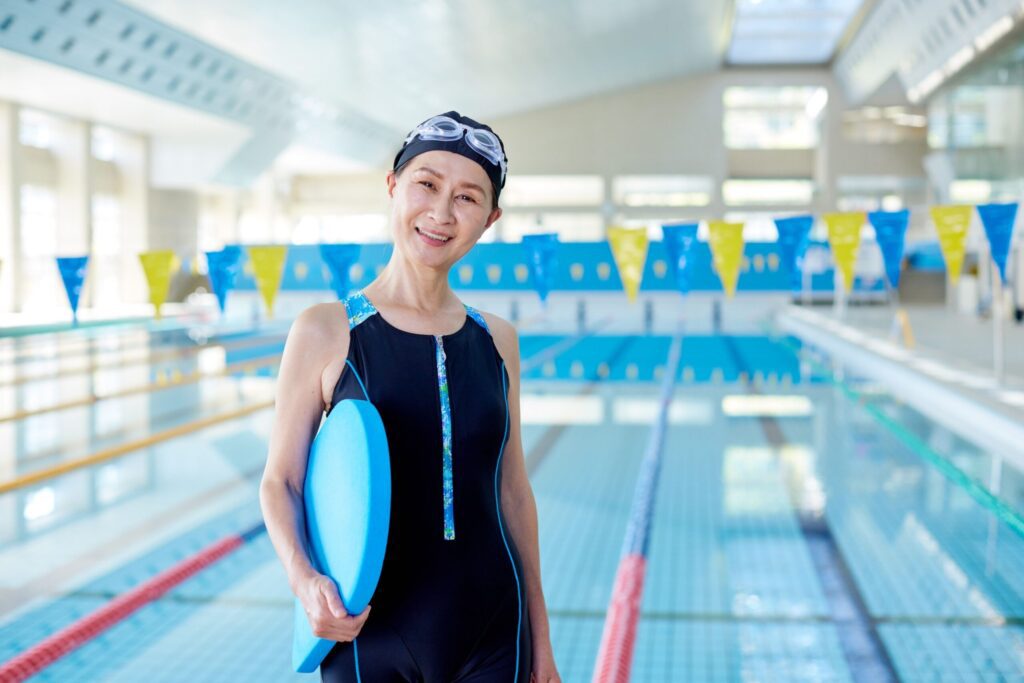
Swimming With A Kickboard To Lose Weight
If weight loss is the goal, swimming with a kickboard to lose weight should combine steady aerobic work with short bursts of higher intensity:
- 10×25 meters hard kick, 15 seconds rest
- 5×50 meters moderate pace
- Finish with 4×25 meters sprint kick
This will elevate heart rate and boost calorie burn while still improving kicking mechanics.
Choosing the Right Kickboard
Even the best Electric Swimming Kickboard won’t magically improve your technique, but the right size and buoyancy level can make training more comfortable. For smaller swimmers or children, junior-sized boards are easier to control.
Products like the swimming kickboard Decathlon range offer both standard and ergonomic shapes. The choice comes down to comfort, intended use, and personal preference, not just brand.
Integrating Kickboard Work into a Full Program
The most effective way to enjoy the benefits of kickboard swimming is to integrate it strategically:
- Warm-up: Short kick sets to engage core and legs
- Mid-set: Power-focused kicking with fins
- Cool-down: Easy board work to loosen legs
This ensures you’re not overloading one muscle group while still building specific skills.
FAQs on The Benefits of Kickboard Swimming
Does kickboard swimming help with freestyle speed?
Yes, a strong kick supports better body position and rhythm, indirectly boosting overall speed.
Can I use a kickboard every day?
You can, but alternate intensities and include rest days for your legs.
Is kickboard swimming good for back pain?
If done with proper posture, it can strengthen the core and support better posture in general, but always check with a physiotherapist for specific conditions.
Is it just for beginners?
Not at all, elite swimmers use kickboards regularly to refine technique and build power.
The Real Value of Kickboard Training
After decades of swimming and coaching, I can confidently say that the benefits of kickboard swimming are far greater than most casual swimmers realize. It’s not just a piece of foam for beginners; it’s a targeted training tool that builds strength, technique, and endurance.
Whether your goal is to drop time in a race, recover from injury, or simply make your legs stronger for water sports, the kickboard earns its place in your swim bag.
The Bottom Line on the Benefits of Kickboard Swimming
The kickboard is one of the most versatile tools in a swimmer’s arsenal. Used wisely, it can transform weak legs into powerful propellers, refine body position, and even support your weight loss journey.
But like any tool, its value comes from correct use and thoughtful integration into a broader training plan. If you embrace its potential, you’ll discover that the benefits of kickboard swimming extend far beyond the pool: into your fitness, confidence, and enjoyment of the sport itself.
